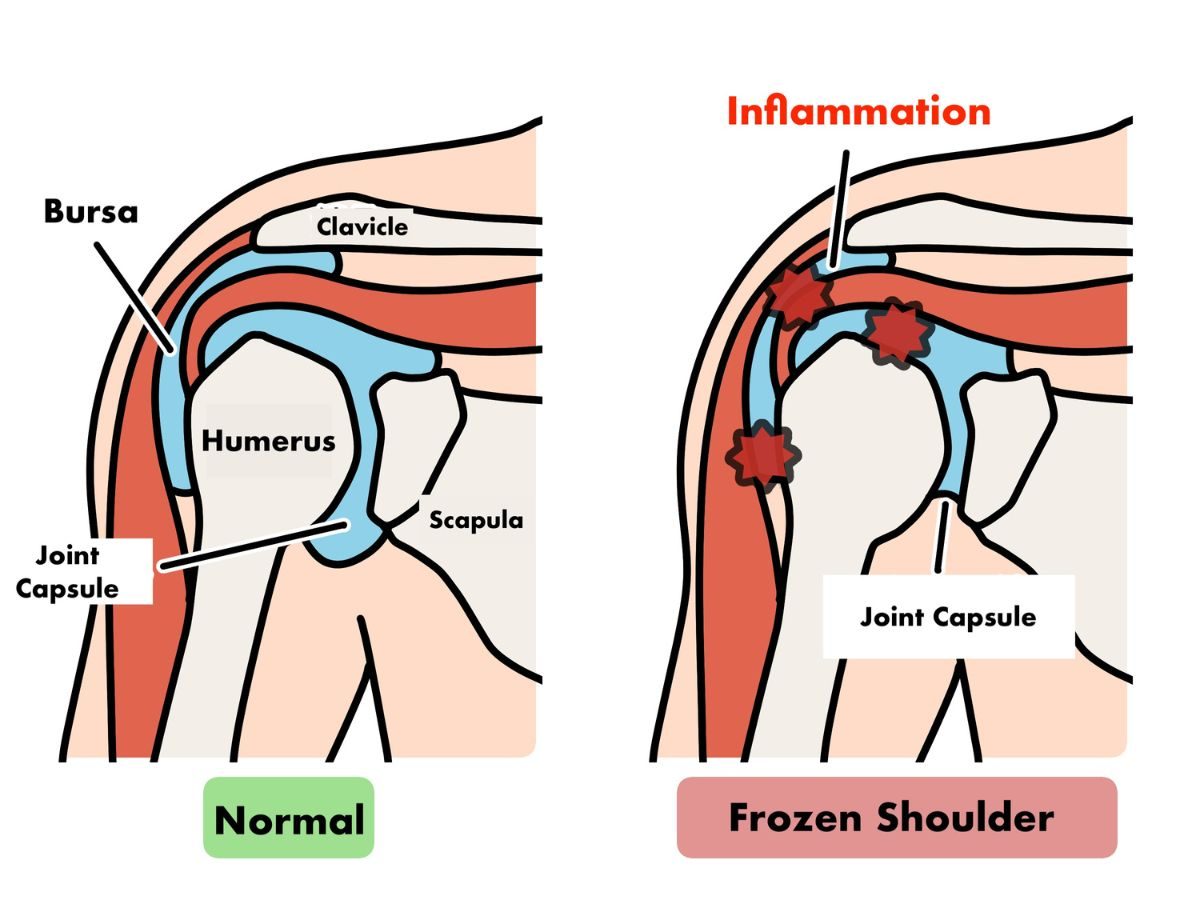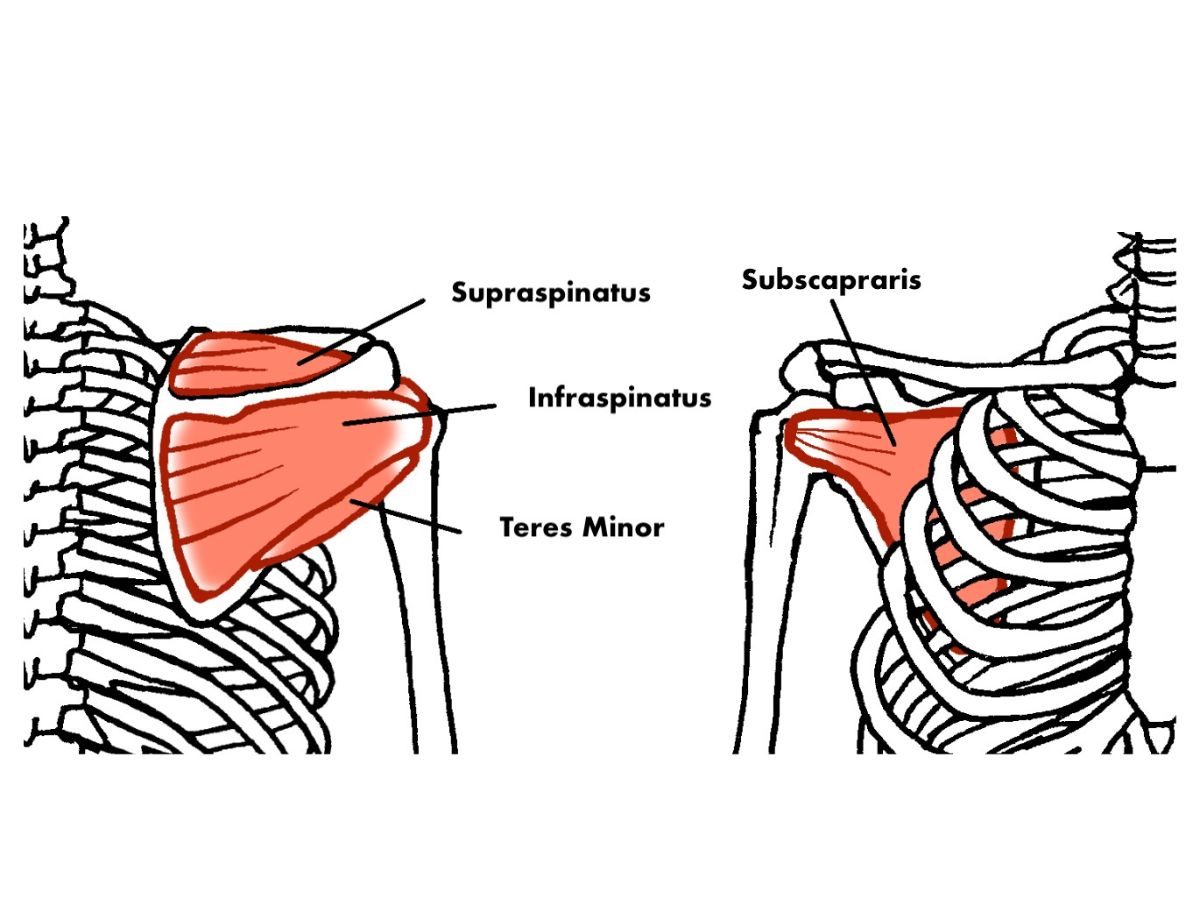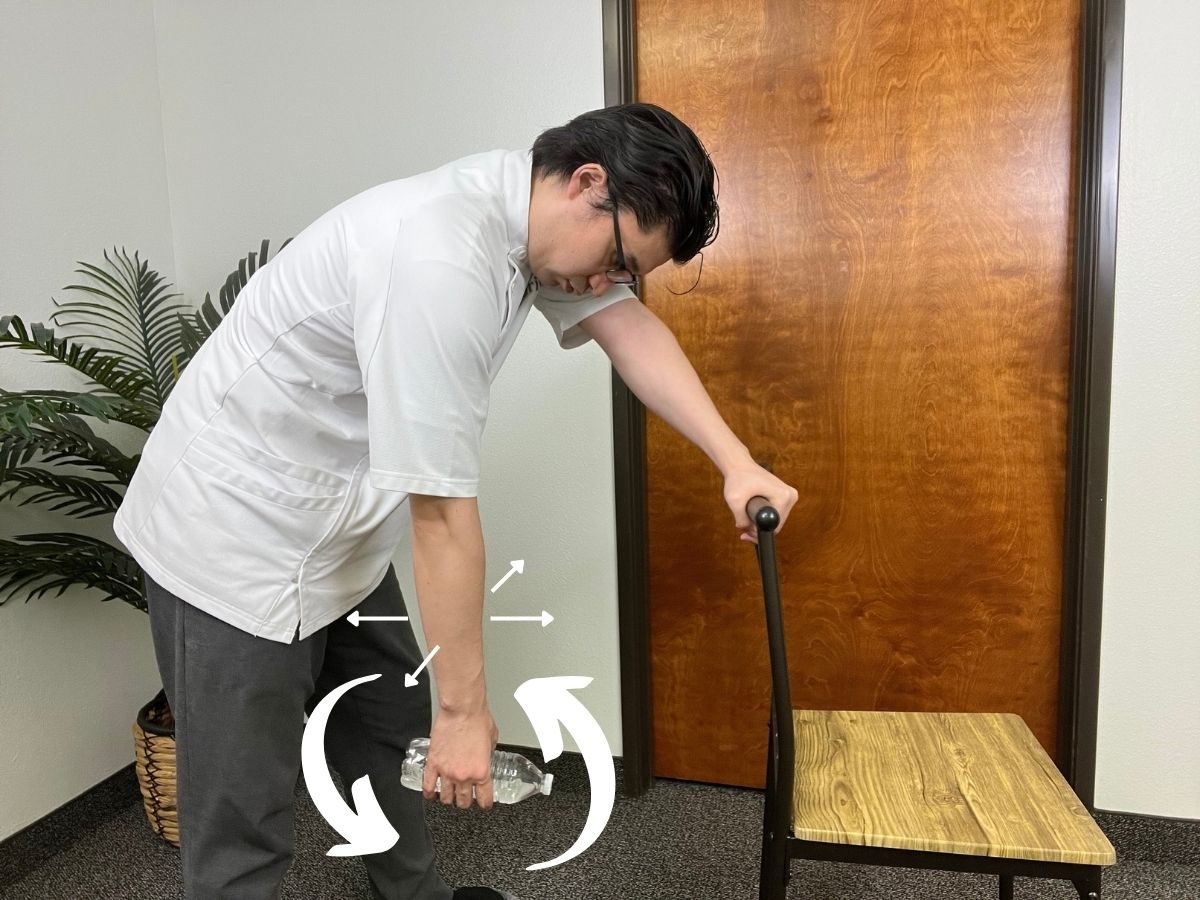I would like to share with you what you can do with 5 TIPS and how to manage one of...
Read MoreHow To Use A Water Bottle To Stretch For Frozen Shoulder (3 Steps)

September 5, 2024
How to Use a Water Bottle for Frozen Shoulder
Hi, it’s Satoru from hariQ acupuncture & herbs. In this blog post, I would like to share with you how to stretch for Frozen Shoulder by using a water bottle. A frozen shoulder is a condition where the shoulder joint becomes stiff and painful to raise. The symptoms usually develop gradually and can worsen over time. It is caused by the thickening and tightening of the shoulder joint capsule, which can significantly limit the range of motion and cause pain when you move your shoulder, like picking up a cup over the shelf, combing your hair, or reaching out to your bra huck.
We understand this can be a lot of information and overwhelming: if you are looking for more support and answers, set up a free consultation with our Frozen Shoulder Specialist, Satoru Ozawa. Share your story, get your questions answered, and learn how you can set yourself up for tremendous success in achieving a healthy life.
What is Frozen Shoulder?

Frozen shoulder, also known as glenohumeral adhesive capsulitis, occurs when the synovial fluid inside the shoulder capsule thickens, causing a loss of flexibility in the shoulder joint. Synovial fluid is a liquid that is present in every joint and tendon, and it helps to reduce friction and inflammation when you move your joints.
Most of the time, when you have a frozen shoulder, the small muscles around the shoulder joint become tight and stiff, making it difficult to move. These stretches focus on the rotator cuff and external rotator muscles.
The rotator cuff is composed of four muscles: the infraspinatus, supraspinatus, teres minor, and subscapularis. Its main function is to abduct the shoulder and externally rotate it. Abduction involves moving the shoulder outward, while external rotation is the action of rotating the shoulder externally.

When you lose the ability to move your shoulder away from your body and rotate it outward, your shoulder’s range of motion will decrease, especially if you have inflammation or pain. These stretches help open up the shoulder joint and create more space, improving your range of motion.
3 Stretches for Frozen Shoulder
No.1


First, I want you to sit down on a chair and grab a bottle of water. Hang your arm down and turn it outward and inward 10 times each. Be careful when grabbing the water bottle, I don’t want you to hold it too tightly; just hold it lightly. These inward and outward movements help to stretch the supraspinatus muscle, which is the main muscle used to abduct your shoulder. When you have a frozen shoulder, you experience tightness in this muscle.
No.2


Second, I want you to sit up straight. To stretch the front side of your shoulder, try holding a water bottle under your armpit. Bend your elbow at a 90-degree angle, then turn your arm outward as much as you can while holding for 6 seconds. You can repeat this 3 more times. Remember to focus on feeling the wingbone getting contracted because if you move the wingbone, it doesn’t stretch the shoulder.
No.3

Lastly, I want you to stand up and hold a chair with the side of your healthy hand. Bend over and hang your arm, then swing it in a circular motion clockwise 10 times and counterclockwise 10 times like a pendulum. Doing this exercise helps to traction the shoulder joint by using gravity and loosens up the joint capsule.
Heat Therapy
After you have done these 3 frozen shoulder stretches, I would recommend you apply a heat pack or heat lamp on your neck and shoulder. Near-infrared heat therapy is a type of therapy that uses light to generate heat in the body’s tissues. It involves the use of a device that emits near-infrared light, which penetrates the skin and is absorbed by the body’s cells and tissues. This absorbed light energy is then converted into heat, which can help to increase blood flow, reduce inflammation, and speed up tissue repair.
Massage for Frozen Shoulder by Yourself (9 Steps)
There are 9 steps of massages you can also do to release the tension of the specific muscles and loosen up the joint capsules to increase the range of motion. How To Massage For Frozen Shoulder By Yourself (9 Steps)
Important Note
Performing this stretching exercise on a regular basis can help speed up your healing process and avoid the need for steroid shots or unnecessary medications. But, if you’re still having trouble with your shoulder movement, you might want to consider alternative treatments, like acupuncture, before deciding on painful injections or surgery.
Pursuing Your Health is Our Passion
Call or Text 972-777-0836
We'll be happy to answer your questions.
Is Acupuncture Effective for Frozen Shoulder?
Yes. Acupuncture is very effective for frozen shoulder. We examined your shoulder movement and muscle tightness during the initial acupuncture session. You may be unable to bend forward or lean back due to pain. The treatments focused on reducing inflammation and swelling and restoring movement in the shoulder. Acupuncture has been shown in many studies to be incredibly practical in reducing pain and inflammation due to its ability to stimulate the body to release its natural painkillers. So, you start feeling relieved from the pain after each session.
When Should I start Acupuncture?
As a general rule of thumb, the sooner one receives treatment, the better the prognosis. Some patients come for frozen shoulder treatment months or even years after the initial onset, and these chronic cases are often more complex and take a much longer time to achieve results. Even then, recovery is not guaranteed.
How Often Should I Schedule Acupuncture Sessions?
Regarding the frequency of treatments, Acupuncture follows a simple rule. Acute and relatively new conditions are most effectively treated with more frequent visits, whereas chronic and old conditions can benefit from more widespread treatments. In other words, if you just had an onset of a frozen shoulder, you will probably be prescribed 2-3 treatments per week in order to get the most effective results, and chronic cases will generally come in only once a week.
If you or a loved one was diagnosed with shoulder pain and want to learn more about acupuncture and whether it’s appropriate for your case, send us a message through our contact page. Thank you for taking the time to read this blog post! I appreciate your interest and hope to see you again for future posts.
We understand this can be a lot of information and overwhelming: if you are looking for more support and answers, set up a free consultation with our Frozen Shoulder Specialist, Satoru Ozawa. Share your story, get your questions answered, and learn how you can set yourself up for tremendous success in achieving a healthy life.
RECENT ARTICLES
These blogs are about natural remedies, acupuncture, Chinese medicine, Chinese herbs, and health tips.
Tinnitus & Acupuncture: Explore Proven Natural Remedy
A 45-year-old man came to my clinic looking for some relief from the ringing in ears because he discovered that...
Read More
Satoru Ozawa, L.Ac, ATC
hariQ acupuncture & herbs
Licensed acupuncturist, Certified Athletic Trainer and Chinese herbal specialist. With his 10 years of experience in Oriental Medicine, he will recommend the best natural Remedies, including Acupuncture, Chinese herbs, and health tips to relieve your suffering.



2 comments